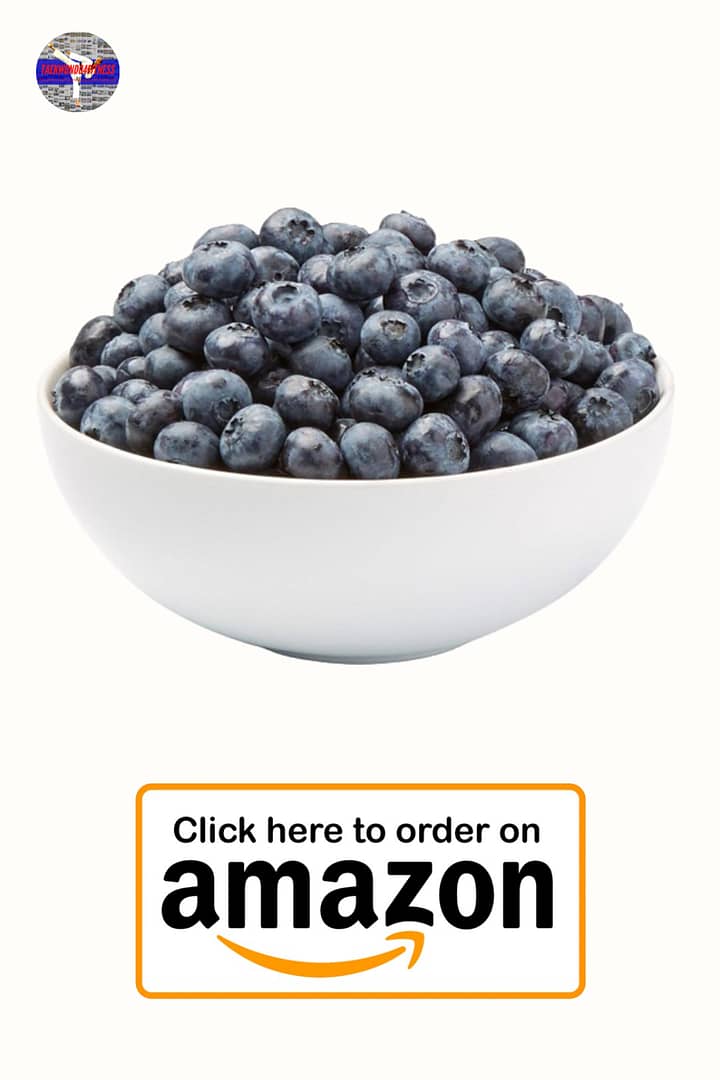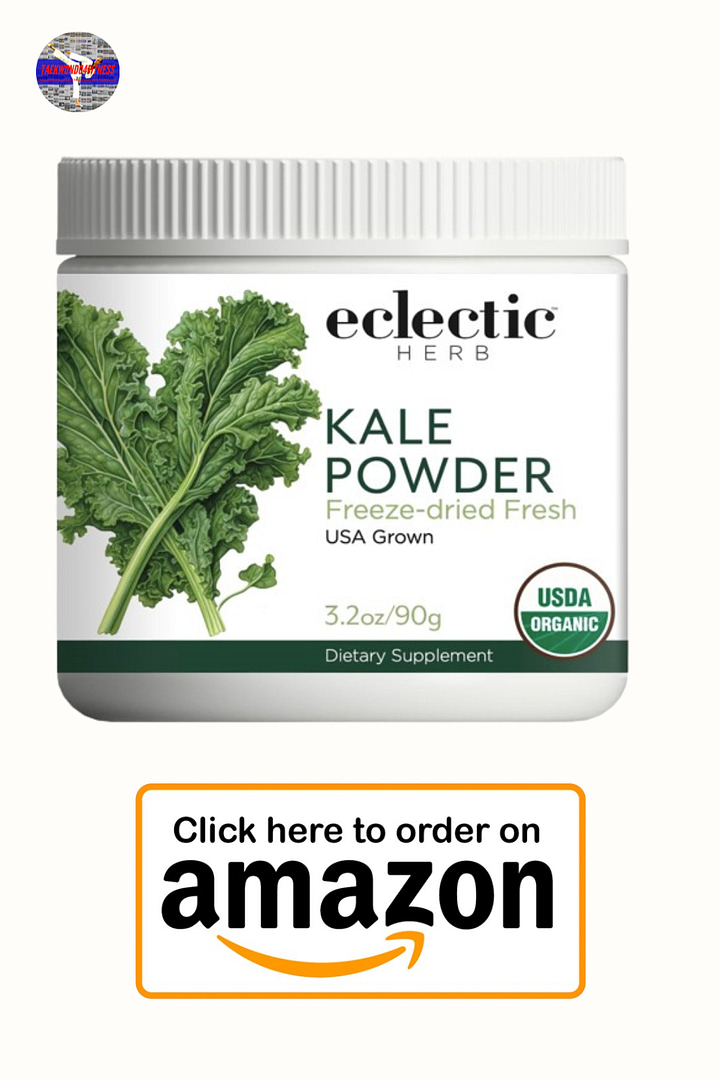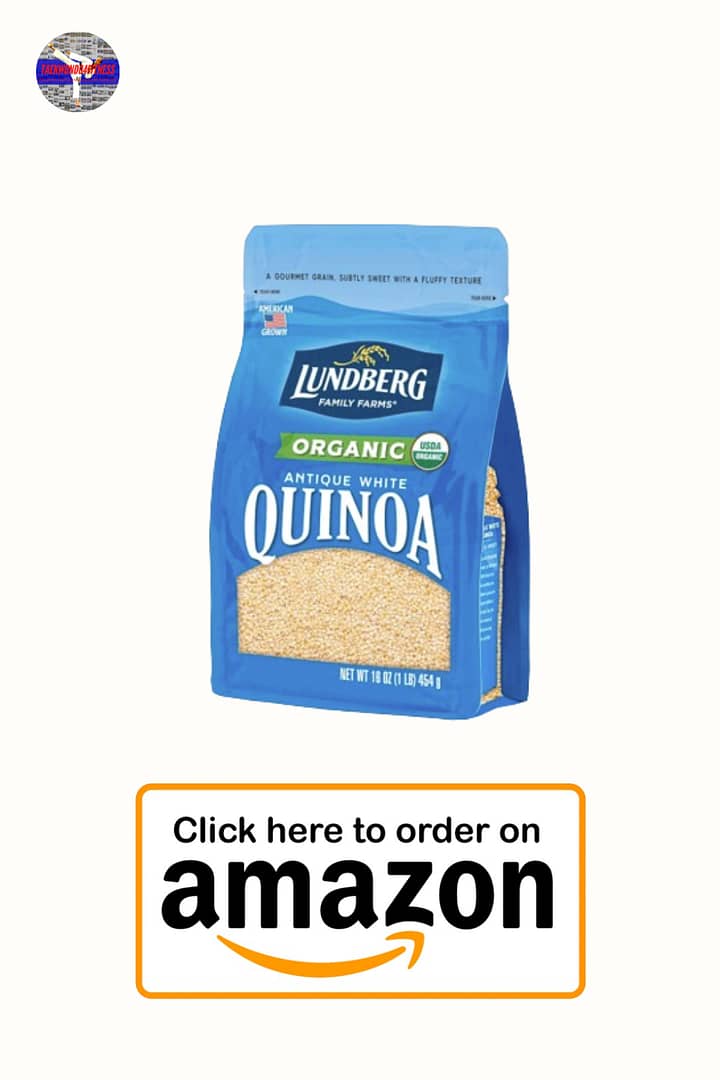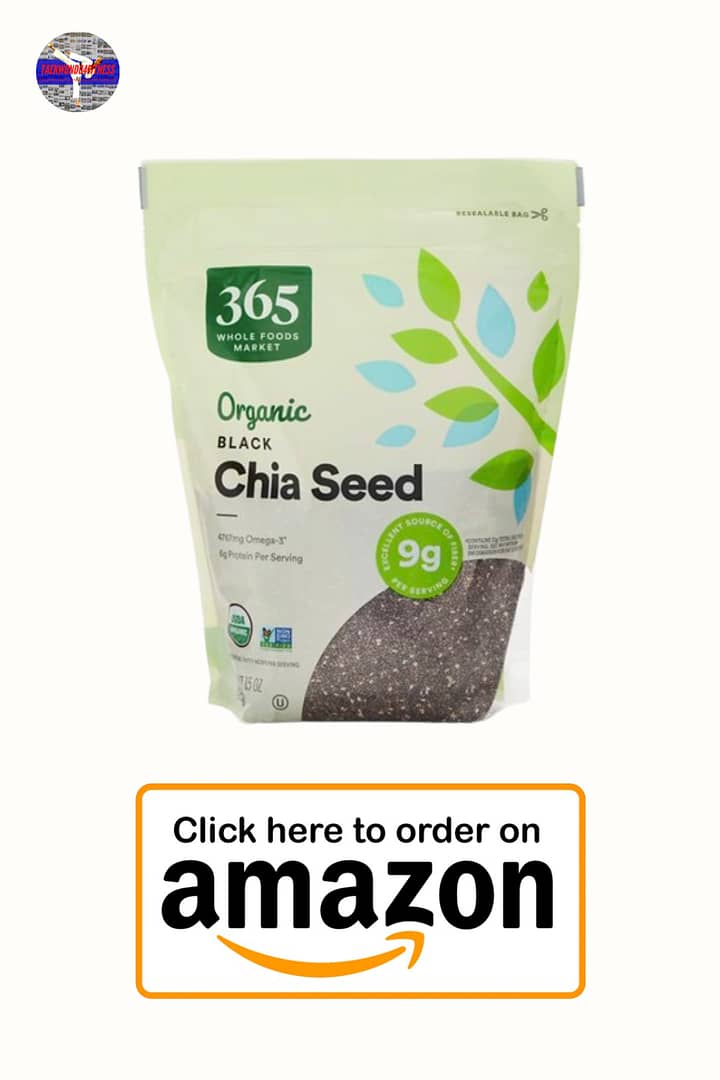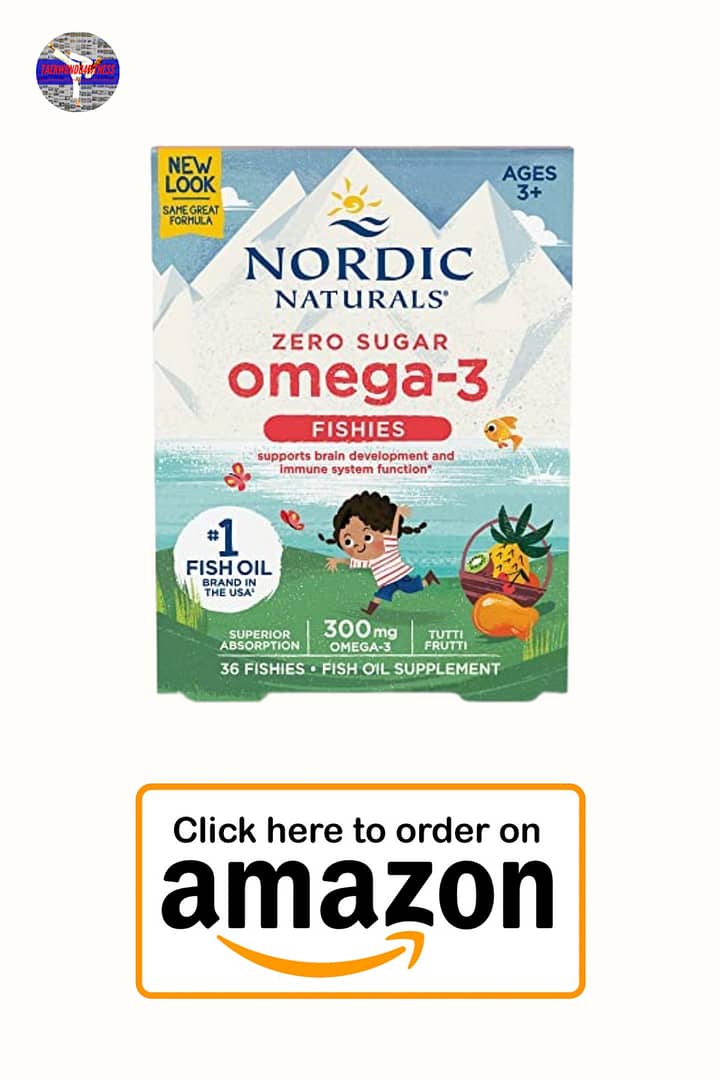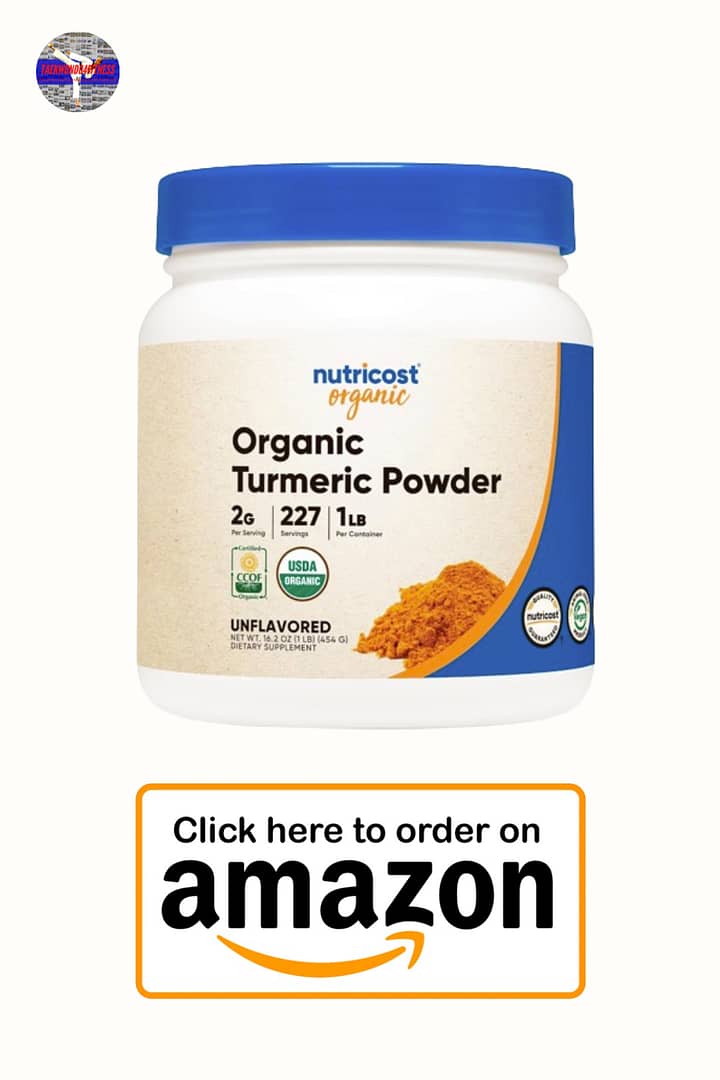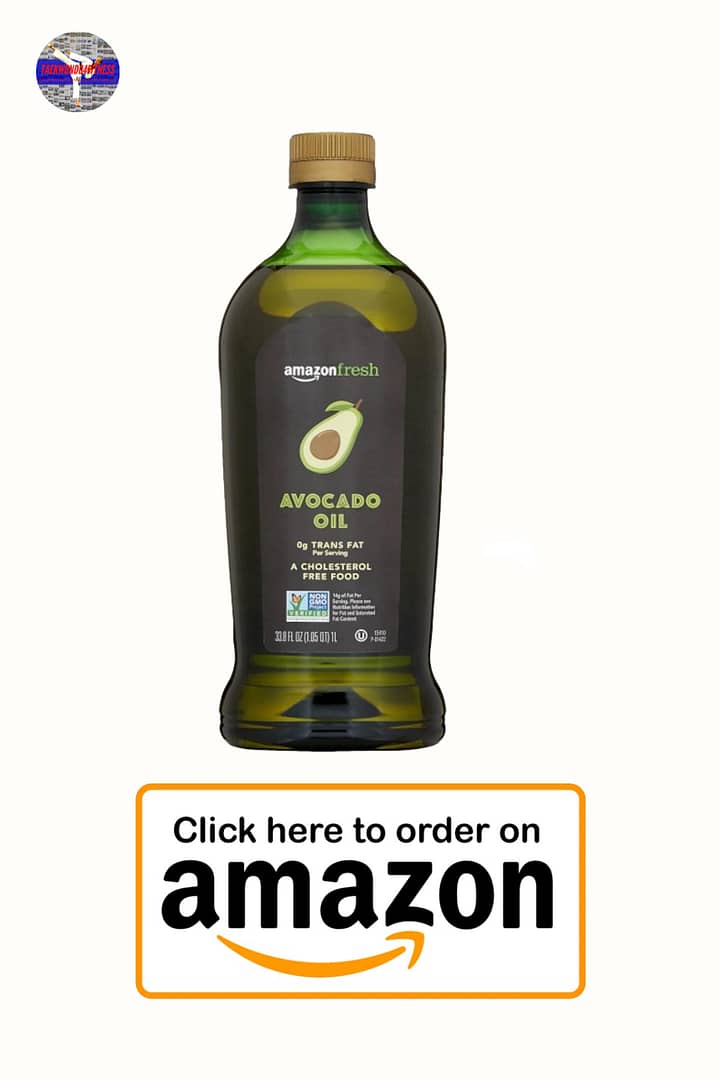Exploring Superfoods: Optimal Choices for Peak Martial Arts Performance
Table of Contents
Introduction:
1. Blueberries: The Mighty Antioxidant Burst
Blueberries are hailed as nutritional powerhouses packed with antioxidants, vitamins, and fibre. They promote brain health, reduce inflammation, and support heart health. Incorporating these berries into your diet can enhance cognitive function and focus during training. Check out these top-rated organic blueberries on Amazon.
2. Kale: Fueling Your Body with Nutrients
Kale, a leafy green vegetable, is a true champion in nutrition. It’s rich in vitamins A, C, and K, as well as minerals like calcium and iron. Kale supports bone health, aids in muscle recovery, and provides essential nutrients for energy production. Boost your nutrient intake with this organic kale from Amazon.
3. Quinoa: The Complete Protein Source
As a Taekwondo athlete, you need adequate protein for muscle repair and growth. Quinoa, a grain-like seed, is a complete protein containing all nine essential amino acids. It’s also gluten-free and high in fibre, promoting digestive health and sustaining energy levels during training. Try this organic quinoa from Amazon.
4. Chia Seeds: Energizing Superfood
Chia seeds are a fantastic addition to your diet for sustained energy and hydration. These tiny seeds are loaded with omega-3 fatty acids, fibre, and protein. They regulate blood sugar levels, improve digestion, and promote satiety. Incorporate them into your meals with this high-quality chia seed brand from Amazon.
5. Salmon: Omega-3 Rich Wonder
Taekwondo training demands a healthy heart and a sharp mind. Salmon, a fatty fish rich in omega-3 fatty acids, is an excellent addition to your superfood arsenal. Omega-3s offer anti-inflammatory properties, support cardiovascular health, and contribute to improved brain function. Enjoy the benefits of omega-3s with this sustainably sourced salmon from Amazon.
6. Turmeric: The Golden Spice of Health
Turmeric, known for its vibrant colour and distinct flavour, has gained popularity for its potential health benefits. Curcumin, the active compound in turmeric, possesses powerful anti-inflammatory and antioxidant properties. Incorporating turmeric into your meals or sipping on turmeric-infused tea aids in reducing exercise-induced inflammation and promotes overall well-being. Explore the benefits of turmeric with this organic turmeric powder from Amazon.
7. Avocado: Healthy Fats for Optimal Performance
For sustained energy and joint health, avocados are a fantastic addition to your diet. Packed with healthy monounsaturated fats, vitamins, and minerals, avocados support heart health, provide skin-nourishing nutrients, and promote satiety. Include this versatile superfood in your meals with this fresh and organic avocado selection from Amazon.
Conclusion:
Superfoods offer a wealth of nutrients and potential health benefits that complement Taekwondo training and support overall well-being. Incorporating blueberries, kale, quinoa, chia seeds, salmon, turmeric, and avocados into your diet provides the nutritional power needed to enhance performance, recover faster, and stay healthy.
Remember to consult with a healthcare professional or nutritionist to tailor your superfood choices to your specific dietary needs and training goals. Fuel your body with these superfoods and let them be your secret weapon on your Taekwondo journey towards improved fitness and vitality.
Disclaimer: The information provided in this blog post is for educational purposes only and should not replace professional medical advice. Please consult with a healthcare professional or nutritionist before making any significant changes to your diet.
Section 1: Understanding Superfoods
1.1 Defining Superfoods
Superfoods have emerged as a popular term in the field of nutrition and wellness. While there is no official scientific definition, superfoods are exceptionally nutrient-dense foods that offer significant health benefits. They are packed with vitamins, minerals, antioxidants, and phytochemicals, contributing to their positive impact on well-being. Superfoods include plant-based options as well as certain fatty fish and dairy products.
1.2 Criteria for Superfoods
Several factors contribute to the classification of food as a superfood:
a) Nutrient Density: Superfoods provide a wide array of essential nutrients per calorie, supporting overall health.
b) Antioxidant Content: Many superfoods possess high levels of antioxidants, which combat oxidative stress and reduce the risk of chronic diseases.
c) Phytochemicals and Bioactive Compounds: Superfoods contain unique compounds like polyphenols, flavonoids, and carotenoids, associated with various health benefits.
d) Potential Health Benefits: Superfoods offer benefits such as improved heart health, enhanced brain function, better digestion, and a strengthened immune system.
1.3 The Rise of Superfoods
The concept of consuming nutrient-rich foods for health benefits has been recognized by indigenous cultures for centuries. In recent years, with increased interest in nutrition and wellness, superfoods have gained significant attention in popular media and scientific research. Superfoods are now considered a key component of a healthy lifestyle, supporting optimal health and vitality.
Section 2: Unveiling the Superfood Heroes
2.1 Berries Galore
Berries such as blueberries, acai berries, and goji berries are well-deserving members of the superfood family. They are rich in antioxidants and health-promoting compounds. Blueberries are associated with improved cognitive function and cardiovascular health. Acai berries offer potential anti-inflammatory and immune-boosting properties. Goji berries are renowned for their high vitamin C content and potential benefits for eye health and immune function.
2.2 Green and Nutrient-Rich
Leafy green vegetables like kale, spinach, and broccoli are nutritional powerhouses. Kale is loaded with vitamins A, C, and K, along with minerals like calcium and iron. Spinach supports red blood cell production and energy metabolism. Broccoli contains sulforaphane, known for its potential anti-cancer properties and detoxification support.
2.3 Ancient Grains
Quinoa, chia seeds, and amaranth have made a comeback as superfoods. Quinoa is a complete protein source and gluten-free. Chia seeds provide omega-3 fatty acids, fibre, and antioxidants. Amaranth offers a nutrient-dense profile, including protein, fibre, and minerals like iron and magnesium.
2.4 The Omega-3 Powerhouses
Salmon, sardines, and flaxseeds are rich sources of omega-3 fatty acids. These essential fats contribute to heart health, brain function, and reducing inflammation in the body. Salmon contains high levels of the omega-3s EPA and DHA. Sardines are packed with omega-3s, calcium, and vitamin D. Flaxseeds can be ground and easily incorporated into various dishes.
2.5 Vibrant Spices
Spices not only add flavour to dishes but also offer a range of health benefits. Turmeric possesses potent anti-inflammatory and antioxidant properties. Ginger aids digestion and exhibits anti-inflammatory effects. Cinnamon improves blood sugar control and may have anti-diabetic effects.
2.6 Nut Butter Magic
Almonds, walnuts, and Brazil nuts are excellent sources of healthy fats, protein, fibre, and essential nutrients. Almonds promote heart health, walnuts support brain function, and Brazil nuts provide selenium for thyroid function and antioxidant protection.
2.7 Energizing Fruits
Avocados, oranges, and pomegranates deserve special mention for their unique nutrient profiles. Avocados promote satiety, heart health, and skin health. Oranges contribute to a healthy immune system and collagen production. Pomegranates have antioxidant and anti-inflammatory properties.
Section 3: Superfoods and Their Health Benefits
Superfoods offer a wide range of potential health benefits due to their nutrient density and unique composition. Let’s explore specific ways in which these superfoods can contribute to your overall well-being:
3.1 Boosting Immunity and Fighting Inflammation
Berries, turmeric, and other superfoods are rich in antioxidants that protect against oxidative stress and support immune function. Turmeric’s active compound, curcumin, possesses potent anti-inflammatory properties.
3.2 Supporting Heart Health and Lowering Cholesterol Levels
Fatty fish, nuts, and seeds are associated with heart-healthy benefits. These foods are excellent sources of omega-3 fatty acids, which reduce inflammation and support optimal heart function. Their fibre content may contribute to maintaining healthy cholesterol levels.
3.3 Enhancing Cognitive Function and Brain Health
Blueberries, omega-3 fatty acids, and turmeric are linked to improved cognitive function and brain health. Blueberries support brain function and memory, omega-3s aid brain development, and turmeric has anti-inflammatory properties.
3.4 Promoting Digestive Health and Gut Microbiome Balance
Superfoods rich in fibre, such as kale, broccoli, chia seeds, and quinoa, promote digestive health. Ginger and turmeric traditionally alleviate digestive issues and soothe discomfort.
3.5 Aiding Weight Management and Metabolism
Superfoods low in calories but high in fibre, like kale, broccoli, and berries, can contribute to weight management and satiety. Protein-rich superfoods support fullness and muscle maintenance.
3.6 Nourishing Skin, Hair, and Nail Health
Superfoods with antioxidants, vitamins, and minerals contribute to healthy skin, hair, and nails. Berries, oranges, and pomegranates protect against skin damage. Healthy fats nourish the skin, while omega-3 fatty acids reduce inflammation and support hair and nail health.
3.7 Combating Oxidative Stress and Age-Related Diseases
Superfoods’ high antioxidant content helps combat oxidative stress, associated with ageing and diseases. Antioxidants neutralize free radicals and reduce cellular damage, potentially lowering the risk of chronic conditions.
Section 4: Incorporating Superfoods into Your Diet
Incorporating superfoods into your meals and snacks maximizes their health benefits. Here are practical tips and ideas to help you integrate these nutrient powerhouses into your diet:
4.1 Practical Tips for Selecting and Purchasing Superfoods
a) Choose Fresh and Seasonal: Opt for fresh superfoods for higher nutrient content and better flavour.
b) Read Labels Carefully: Check labels to ensure pure, unprocessed products without added sugars or artificial additives.
c) Organic Options: Consider organic superfoods to minimize exposure to pesticides and chemicals.
d) Variety is Key: Aim for a diverse range of superfoods for a wide array of nutrients and health benefits.
4.2 Superfood Smoothies and Juices: Delicious and Nutrient-Packed
a) Blend it Up: Create smoothies with superfoods like berries, spinach, chia seeds, and almond butter. Add a liquid base and a source of protein.
b) Green Power: Make nutrient-packed green juices or smoothies with kale, spinach, cucumber, lemon, and ginger.
c) Preparing Ahead: Prep smoothie ingredients in advance and freeze them for quick and convenient assembly.
4.3 Superfood Salads: Creating Vibrant and Nourishing Bowls
a) Colorful Creations: Build salads with dark leafy greens, superfoods like berries, avocado, broccoli, quinoa, and a homemade dressing.
b) Power-Packed Proteins: Enhance salads with protein-rich superfoods like salmon, almonds, or chickpeas.
c) Creative Combos: Experiment with different ingredient combinations to keep salads exciting and flavorful.
4.4 Superfood Snacks: Fueling Your Body Throughout the Day
a) Nut Butter and Fruit: Pair nut butter with apple or banana slices for a satisfying snack.
b) Energy Bites: Create energy bites with superfoods like oats, chia seeds, and dried fruits for on-the-go snacking.
c) Trail Mix: Make trail mix with nuts, seeds, dried berries, and dark chocolate chips for a balanced snack.
4.5 Superfood Power Meals: Recipes and Ideas for Balanced Nutrition
a) Quinoa Buddha Bowl: Assemble a bowl with cooked quinoa, roasted vegetables, avocado slices, and hemp or pumpkin seeds. Drizzle with a lemon-tahini dressing.
b) Superfood Stir-Fry: Make a vibrant stir-fry with colourful vegetables, protein of choice, and a superfood sauce.
c) Baked Salmon with Turmeric: Marinate salmon with turmeric, garlic, and lemon juice, then bake it. Serve with roasted vegetables or a quinoa salad.
Remember to be creative and have fun experimenting with different superfoods and recipes. Incorporating these nutrient-rich foods into your diet will enhance your overall nutrition and add variety to your meals.
Please note that the information provided is for educational purposes only and not a substitute for professional medical advice.


